In the vast, mysterious world of wildlife, big cats have always captured our fascination and admiration. These majestic creatures, with their sleek bodies and piercing eyes, are often seen as symbols of power and grace. However, the beauty of these magnificent animals is overshadowed by the looming threats they face. As we approach 2025, the survival of these big cats is more precarious than ever. From habitat loss and poaching to climate change and human encroachment, the challenges are mounting. Let’s delve into the lives of eight big cats that are currently facing new threats and understand the struggles they endure to survive.
The Endangered Amur Leopard
The Amur leopard, native to the snowy forests of Russia and China, is one of the most critically endangered big cats. With fewer than 100 individuals left in the wild, their survival hangs by a thread. The primary threats they face include habitat destruction due to logging and land development. Poaching is another significant danger, as their beautiful, spotted coats are highly coveted. Conservationists are working tirelessly to create protected areas and implement anti-poaching measures. However, the road to recovery is long and fraught with challenges. Every effort counts as these beautiful leopards fight for their place in the wild.
The Struggling Snow Leopard
The snow leopard, often referred to as the “ghost of the mountains,” is a master of camouflage in its rugged and icy habitat. Found in the mountainous regions of Central and South Asia, these cats are facing increasing threats. Climate change is altering their environment, reducing the availability of prey and pushing them closer to human settlements. This leads to conflicts with local herders, who may retaliate against snow leopards for livestock losses. Conservation initiatives are focusing on community engagement and sustainable practices to ensure coexistence. The delicate balance between human and wildlife needs to be maintained to secure the future of these elusive cats.
The Vulnerable Bengal Tiger
The Bengal tiger, the pride of India’s jungles, is under severe threat due to habitat fragmentation and poaching. As human populations grow, their forests are being cleared for agriculture and development, leaving tigers with shrinking territories. Poaching for their skins, bones, and other body parts continues to be a grave concern. Efforts are being made to strengthen wildlife corridors to allow tigers to roam freely and safely between protected areas. Anti-poaching measures and awareness campaigns are crucial to curb illegal activities. The survival of Bengal tigers depends on the commitment to preserving their natural habitats.
The African Lion’s Dilemma
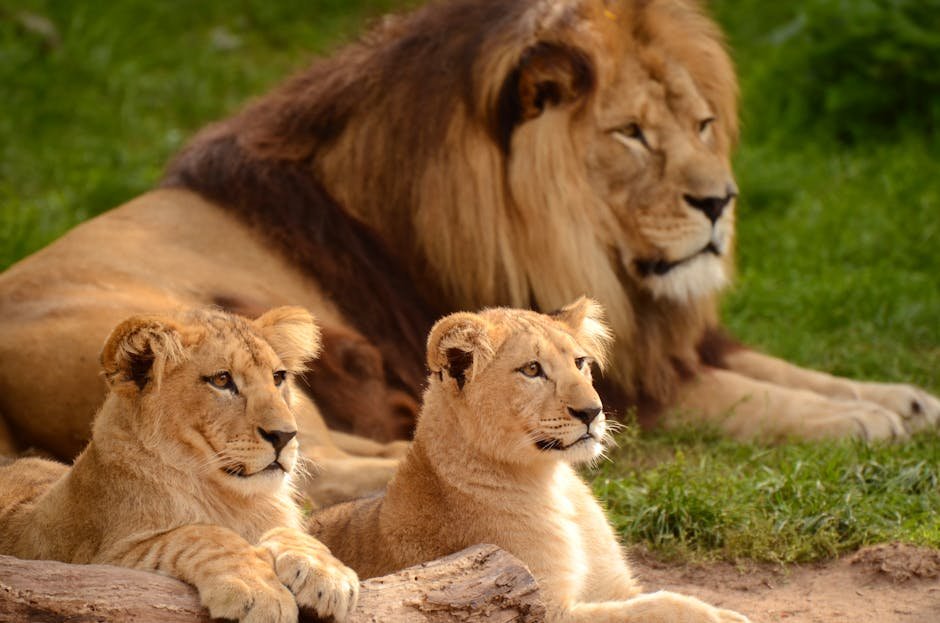
The African lion, often called the “king of the jungle,” is facing a decline in population due to habitat loss and human conflict. Expanding agricultural activities and urbanization are encroaching on their territories. Additionally, retaliatory killings by farmers protecting livestock pose a significant threat. Conservationists are working to implement strategies that promote coexistence and protect lion habitats. Initiatives like “lion guardians” involve local communities in monitoring and conservation efforts. The future of African lions relies on the harmonious coexistence of humans and wildlife in shared landscapes.
The Majestic Cheetah’s Race Against Time
Cheetahs, renowned for their incredible speed, are facing a race against time as their populations dwindle. Habitat loss, human-wildlife conflict, and illegal pet trade are the main threats they encounter. Cheetahs require vast open spaces to thrive, but these areas are rapidly disappearing. Conservation programs are focusing on habitat restoration and community-based conservation efforts. Protecting cheetah cubs from predation and ensuring genetic diversity are vital for their survival. The cheetah’s future is uncertain, and immediate action is essential to prevent their extinction.
The Elusive Jaguar’s Battle
The jaguar, a symbol of power in the jungles of the Americas, is facing new challenges in 2025. Deforestation for agriculture and cattle ranching is shrinking their habitats at an alarming rate. Jaguars are also targeted by poachers for their beautiful pelts and body parts. Conservation efforts are concentrating on preserving the Amazon rainforest and creating wildlife corridors to connect fragmented habitats. Engaging local communities in conservation activities is crucial to reduce human-wildlife conflict. The jaguar’s survival depends on the protection of its natural environment and the reduction of human threats.
The Precarious Situation of the Clouded Leopard
Clouded leopards, with their striking cloud-like spots, are facing a precarious situation due to habitat loss and illegal wildlife trade. Found in the forests of Southeast Asia, these cats are losing their homes to logging and agriculture. Their elusive nature makes them difficult to study, posing challenges for conservation efforts. Anti-poaching initiatives and habitat restoration are critical to secure their future. Raising awareness about the importance of clouded leopards in forest ecosystems is essential. The survival of clouded leopards relies on a concerted effort to protect their dwindling habitats.
The Pumas’ Urban Challenge

Pumas, also known as mountain lions or cougars, are navigating the challenges of living in increasingly urbanized landscapes. As cities expand, pumas find themselves in closer proximity to humans, leading to conflicts and road accidents. Habitat fragmentation isolates populations, affecting genetic diversity. Conservationists are working on creating green corridors to facilitate safe movement and reduce human-puma interactions. Educating the public about coexistence and safe practices is vital to prevent unnecessary confrontations. The adaptability of pumas is both their strength and challenge in the face of urban expansion.
The Importance of Conservation Efforts
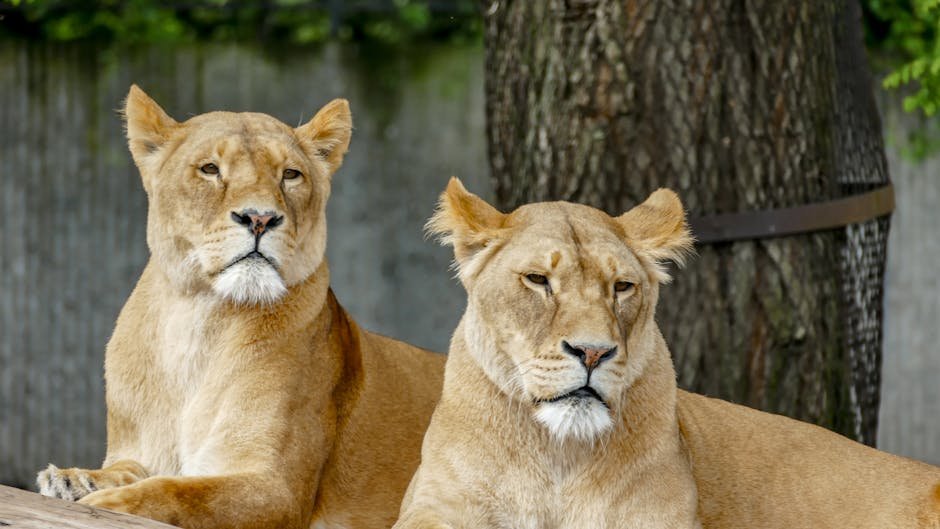
Conservation efforts play a pivotal role in the survival of big cats facing new threats in 2025. Organizations and governments worldwide are joining forces to implement strategies that address the root causes of these threats. From establishing protected areas to promoting sustainable practices, every action counts. Engaging local communities and empowering them to become stewards of wildlife is crucial for long-term success. Education and awareness campaigns are helping to change perceptions and foster coexistence. The battle to save big cats is a collective responsibility that requires global cooperation and dedication.
The Role of Technology in Big Cat Conservation
Technology is becoming an invaluable tool in the fight to protect big cats. Advanced tracking systems, camera traps, and drones are revolutionizing wildlife monitoring and research. These technologies provide crucial data on population sizes, movements, and behavior. Anti-poaching technologies, such as thermal imaging and real-time alerts, are enhancing the effectiveness of enforcement efforts. Collaboration with tech companies and research institutions is driving innovation in conservation practices. As technology continues to advance, its role in safeguarding big cats becomes increasingly significant.
The Impact of Climate Change on Big Cats
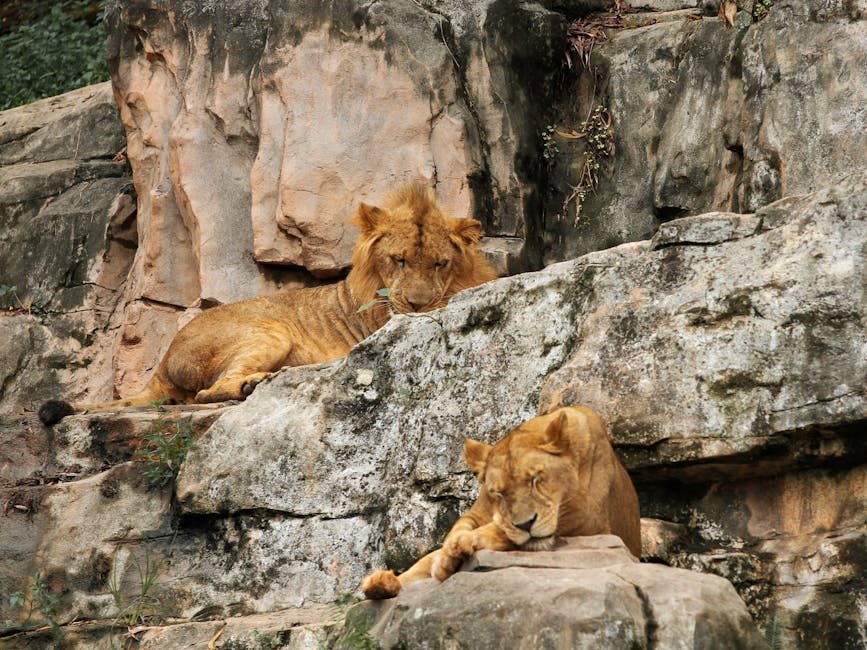
Climate change is an emerging threat that is altering the habitats and prey availability for big cats. Rising temperatures, changing precipitation patterns, and extreme weather events are affecting ecosystems worldwide. Big cats are forced to adapt to these changes, often leading to increased competition and conflict with humans. Conservation strategies need to incorporate climate resilience to ensure the survival of big cats in a changing world. Understanding the intricate relationship between climate change and wildlife is essential for effective conservation planning. The future of big cats depends on a proactive approach to mitigate the impacts of climate change.
The Significance of Genetic Diversity
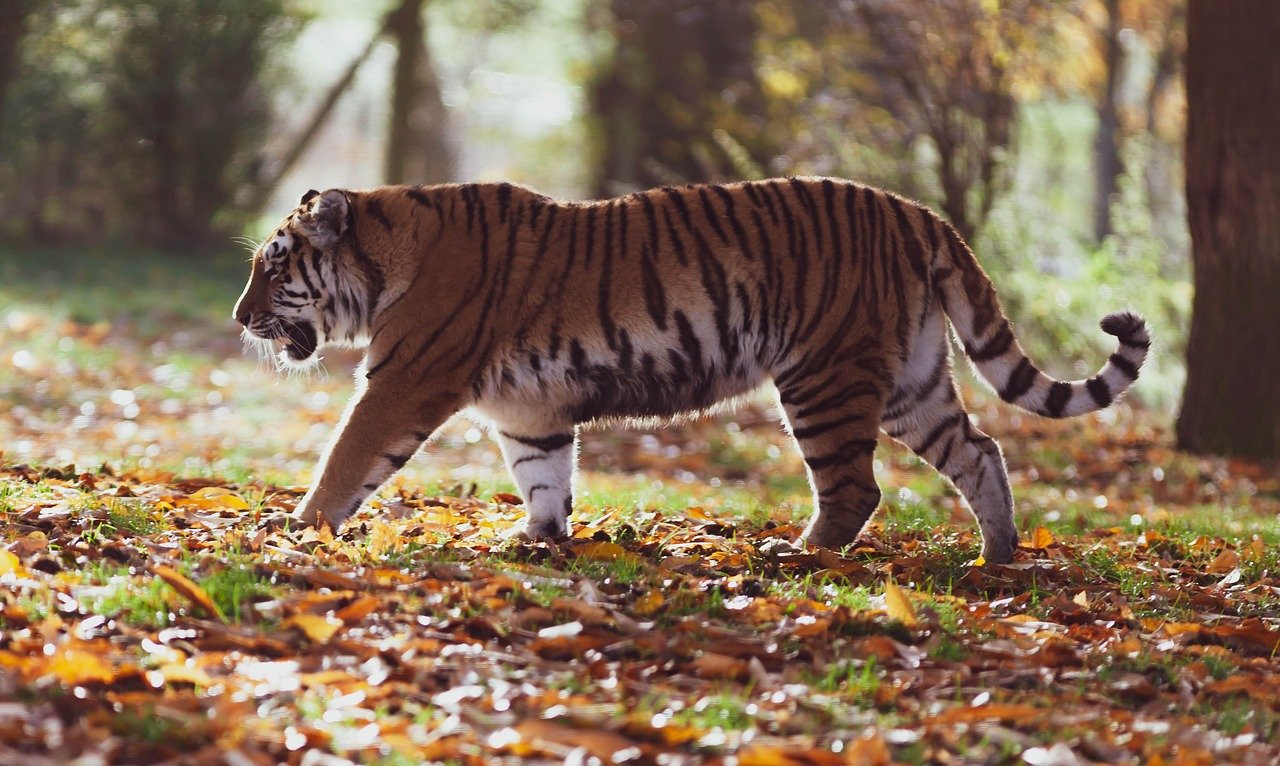
Genetic diversity is crucial for the long-term survival of big cats facing new threats. Inbreeding due to small and isolated populations can lead to decreased fitness and increased vulnerability to diseases. Conservationists are focusing on maintaining genetic diversity through translocations and captive breeding programs. Wildlife corridors that connect fragmented habitats are vital for facilitating gene flow. Protecting diverse habitats ensures the survival of genetically varied populations. The genetic health of big cats is a key factor in their ability to adapt and thrive in a rapidly changing world.
The Role of Education and Awareness
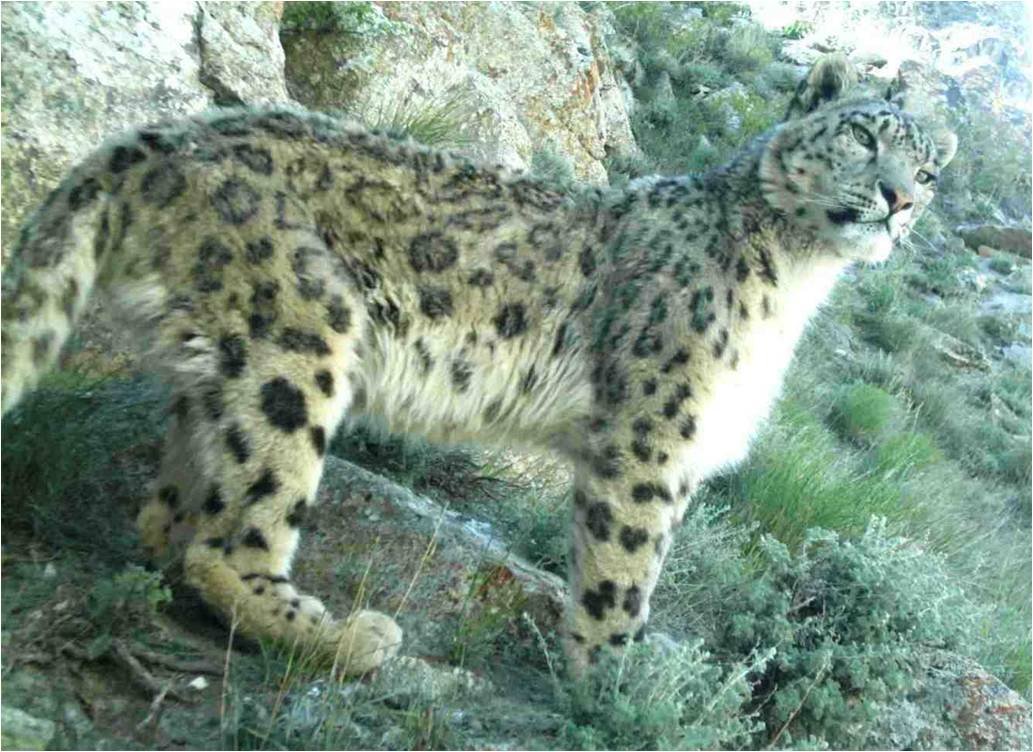
Education and awareness are powerful tools in the conservation of big cats. Raising public understanding of the threats these animals face and their ecological importance is essential for fostering support. Schools, community programs, and media campaigns play a significant role in disseminating information. Empowering local communities with knowledge and resources enables them to become active participants in conservation efforts. By changing perceptions and attitudes, education paves the way for a future where big cats and humans coexist harmoniously. The impact of education extends beyond borders, inspiring global action to protect these magnificent creatures.
The Importance of Legal Protections
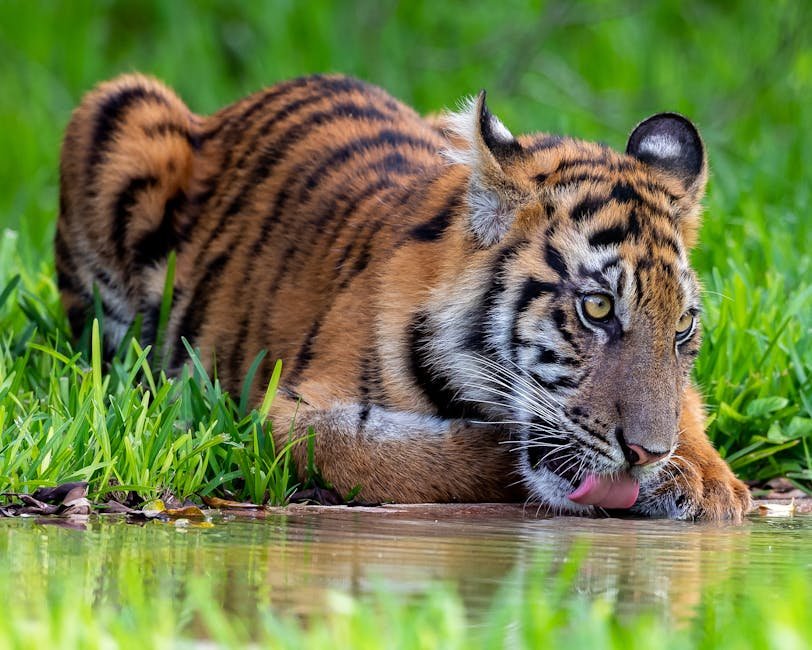
Legal protections are a cornerstone of big cat conservation. International treaties, national laws, and wildlife policies are essential for safeguarding these animals and their habitats. Enforcement of anti-poaching laws and regulations is critical to deter illegal activities. Legal frameworks also support the establishment of protected areas and wildlife corridors. Collaboration between governments, NGOs, and local communities is essential for effective implementation. Strong legal protections provide a foundation for sustainable conservation efforts and ensure the long-term survival of big cats.
The Power of Community Involvement
Community involvement is a driving force behind successful big cat conservation initiatives. Local communities are often the first line of defense against threats like poaching and habitat destruction. Empowering them with knowledge, resources, and economic incentives fosters a sense of ownership and responsibility. Community-based conservation projects, such as ecotourism and sustainable agriculture, create alternative livelihoods and reduce human-wildlife conflict. By involving communities in decision-making processes, conservation efforts become more inclusive and effective. The collective actions of communities around the world are making a difference in the fight to save big cats.
The Role of Zoos and Sanctuaries
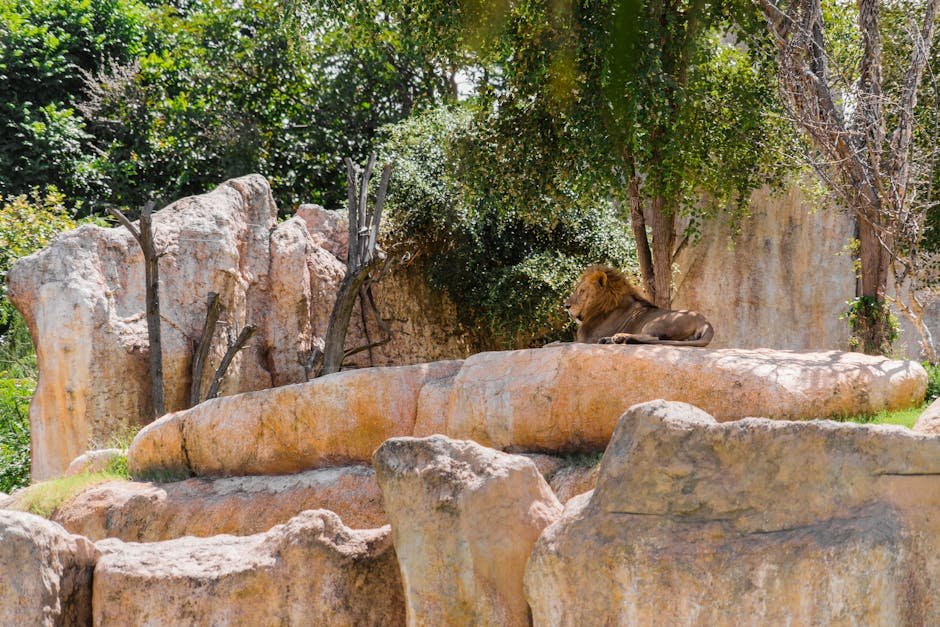
Zoos and sanctuaries play a crucial role in big cat conservation by providing safe havens for endangered species and facilitating breeding programs. These institutions contribute to research, education, and public awareness about the plight of big cats. Breeding programs help maintain genetic diversity and provide a backup population in case of catastrophic events in the wild. Zoos and sanctuaries also engage in habitat restoration and anti-poaching initiatives in collaboration with conservation organizations. The support and resources they provide are essential components of comprehensive conservation strategies for big cats.
The Importance of Cross-Border Cooperation
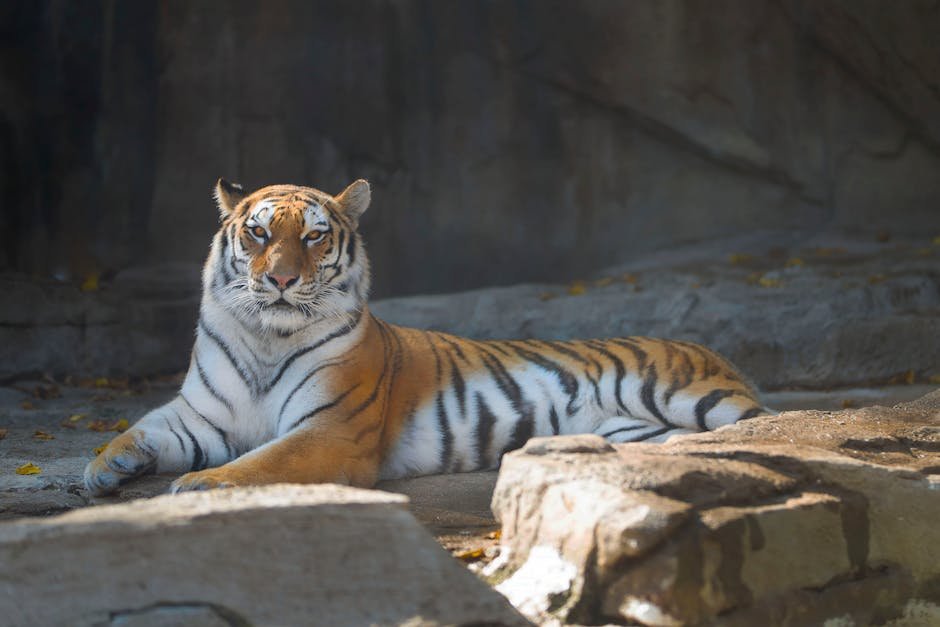
Big cats often roam across international borders, making cross-border cooperation essential for their conservation. Collaborative efforts between countries are necessary to establish transboundary protected areas and wildlife corridors. Sharing data and resources enhances the effectiveness of conservation initiatives and enforcement actions. Joint efforts also address challenges like poaching and illegal wildlife trade that transcend borders. Building strong international partnerships is crucial for the long-term survival of big cats. Their future depends on the ability of nations to work together for a common cause.
The Role of Public Support
Public support is a powerful force in driving conservation efforts for big cats. Awareness campaigns, social media, and advocacy groups play a significant role in rallying support and influencing policy decisions. Public pressure can lead to increased funding for conservation projects and stronger legal protections. Engaging individuals in citizen science initiatives and volunteering opportunities fosters a sense of connection to wildlife conservation. The collective voice of the public has the potential to create meaningful change and secure a future for big cats. Support from people around the world is a testament to the enduring fascination and admiration for these magnificent creatures.
The Importance of Sustainable Practices
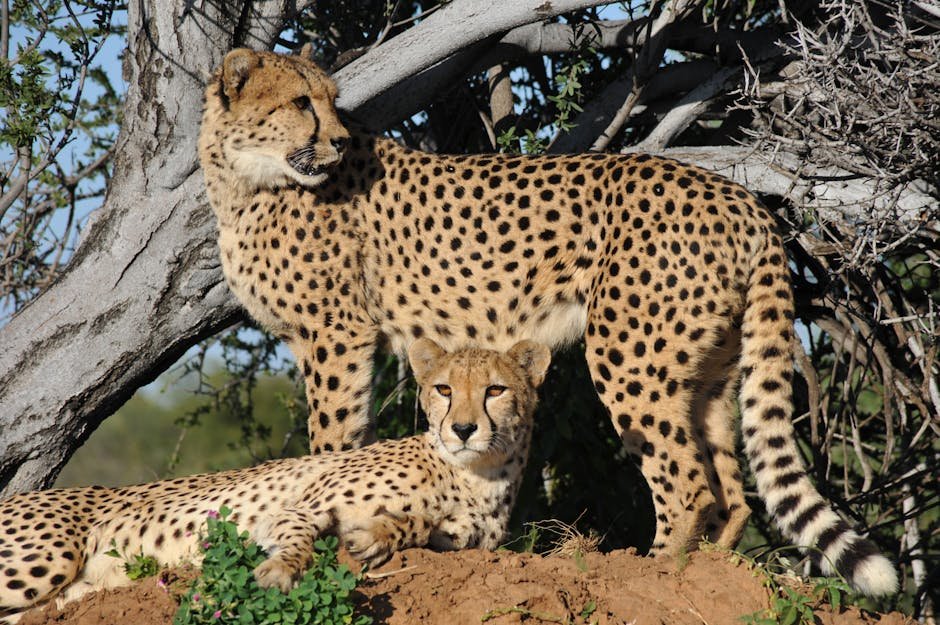
Sustainable practices are vital for balancing human needs with the conservation of big cats and their habitats. Promoting sustainable agriculture, forestry, and tourism helps reduce habitat destruction and human-wildlife conflict. Encouraging responsible consumption and reducing demand for illegal wildlife products are critical components of sustainable conservation efforts. Collaboration with industries and governments to implement eco-friendly policies and practices is essential. The integration of sustainability into conservation strategies ensures the long-term viability of big cat populations. Sustainable practices are the key to a harmonious coexistence between humans and big cats.
Conclusion
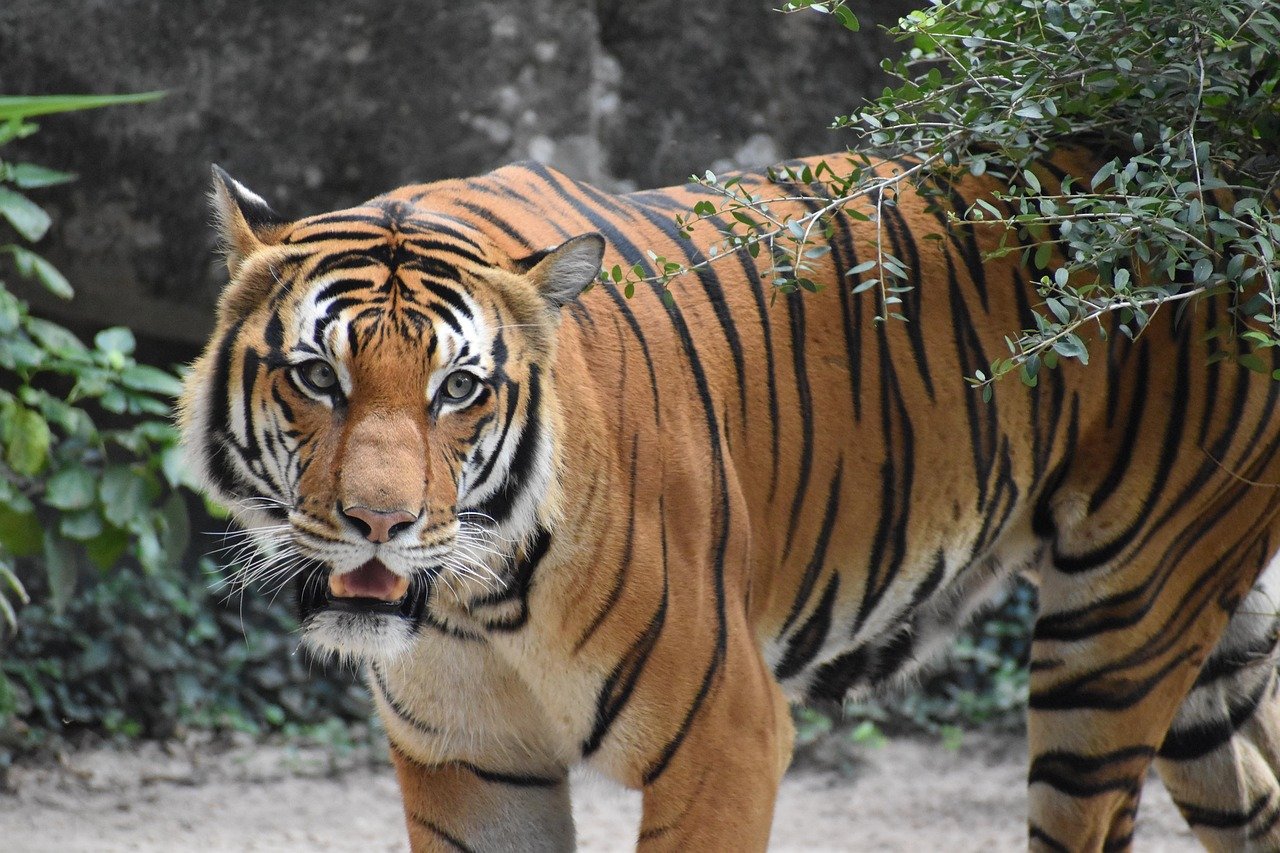
In 2025, the threats faced by big cats are numerous and complex, but hope is not lost. Dedicated conservationists, communities, and individuals around the world are united in their efforts to protect these magnificent creatures. By addressing the root causes of threats and implementing effective conservation strategies, we can secure a future for big cats. The journey is challenging, but the rewards are immeasurable. Our collective actions today will determine the fate of these iconic animals for generations to come.
Hi, I’m Bola, a passionate writer and creative strategist with a knack for crafting compelling content that educates, inspires, and connects. Over the years, I’ve honed my skills across various writing fields, including content creation, copywriting, online course development, and video scriptwriting.
When I’m not at my desk, you’ll find me exploring new ideas, reading books, or brainstorming creative ways to solve challenges. I believe that words have the power to transform, and I’m here to help you leverage that power for success.
Thanks for stopping by, Keep coming to this website to checkout new articles form me. You’d always love it!






